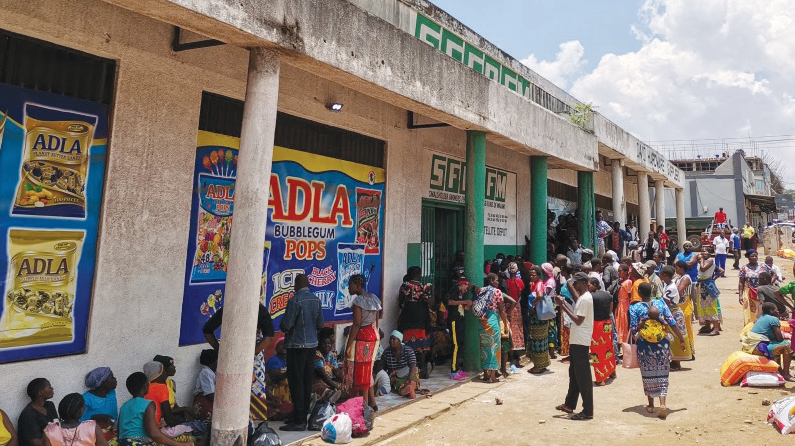Agro output in subdued growth
The Agricultural, forestry and fishing sector, which is considered the backbone of the Malawi economy, has registered subdued growth in the past two years with government projecting it will grow by three percent this year.
The three percent growth is a drop from the previous years’ 3.2 percent and 3.4 percent growth in 2020 from a high 5.9 percent growth recorded in 2019.

The 2021 Annual Government Economic Report has attributed the subdued growth in 2021 to scarcity of seeds and late delivery of inputs.
Said the report: “The final figures show a drop in the output of some crops such as millet, sorghum, groundnuts, cotton, sesame and wheat as a result of seed scarcity.
“Additionally, although the country started implementing the Affordable Inputs Programme (AIP), there was late delivery of inputs in some areas which delayed access to inputs thereby affecting the yield.”
According to the report, in 2023 growth in the agricultural, forestry and fishing sector is projected to slow, growing by 2.9 percent.
In an interview on the performance of the sector, agricultural expert Tamani Nkhono-Mvula attributed the weather patterns, high dependency on primary crops and management of incentives to the decline in the sector’s performance.
“Looking at the trend in the agricultural sector over the years, it is indeed true that growth has not been impressive and as a matter of fact, the growth in real terms has been negative.
“If you look at the level of investment that we have been having over the past two years or so, it has greatly increased but the output is low. This is attributable to the changes in weather patterns, how we are managing subsidies as well as other shocks such as fall army worms which have dealt the sector a heavy blow in recent years.”
According to Mvula, the incentive structure in as far production is concerned, has also impacted negatively on the sector.
He said: “If you look at how we have managed the subsidies over the years, it has been a huge challenge. We have invested a lot of money but have got little from this investment.
On the contrary, in other sectors, growth is expected to increase when compared to the prior year where for instance the manufacturing sector is expected to grow to 4.7 percent this year from 4.3 percent in 2021.
The assumption underpinning this projected growth according to the treasury is that the pandemic will be under control following the continued vaccination efforts in the country and globally which will help contain the virus and spur economic activities.
The report further shows that growth for the mining sector is projected to reach 4.6 percent from 4.5 percent recorded in 2021 on expectation that demand for quarry aggregate will increase.
Likewise, the estimated growth for 2022 for the construction sector is also positive as it is expected to grow by 5.5 percent from 4.8 percent in 2021 on account of the expected increase in infrastructure projects.
With regard to wholesale and retail trade, the sector is expected to grow by 2.7 percent from 2.1 percent in 2021 and -0.1 percent in 2020.
Meanwhile, Minister of Finance and Economic Affairs Sosten Gwengwe, while admitting that the economy continues to suffer from the adverse effects of the Covid-19 pandemic, he is upbeat that the economy will register higher growth compared to last year.
“In 2022, assuming the effects of natural disasters like Tropical Storm Ana do not persist, the economy is expected to further grow by 4.1 percent,” he said in the 2022/23 proposed national budget statement.






One Comment